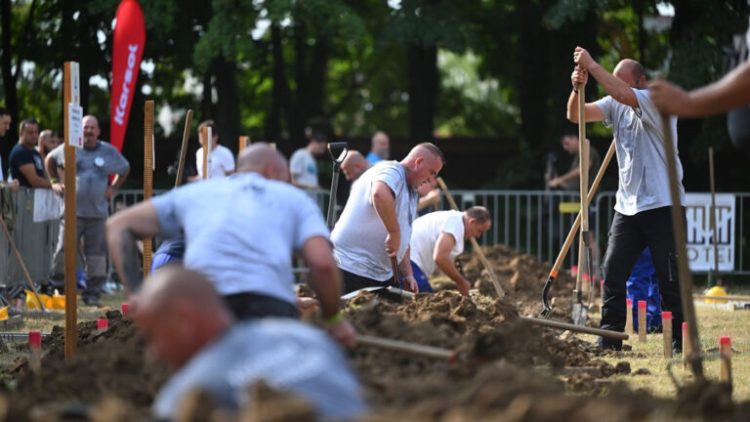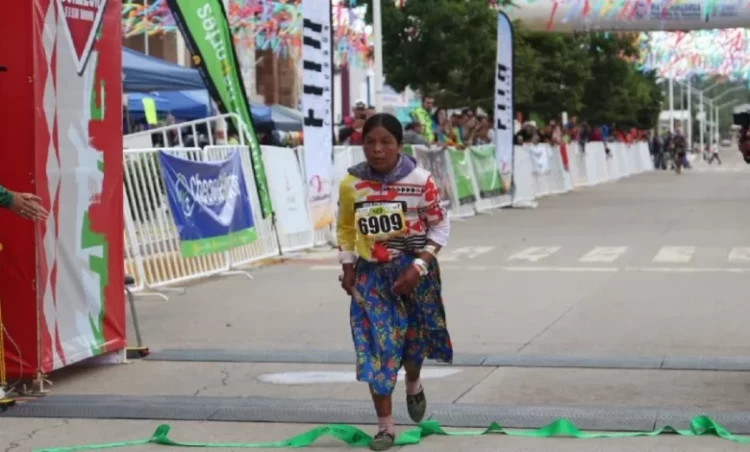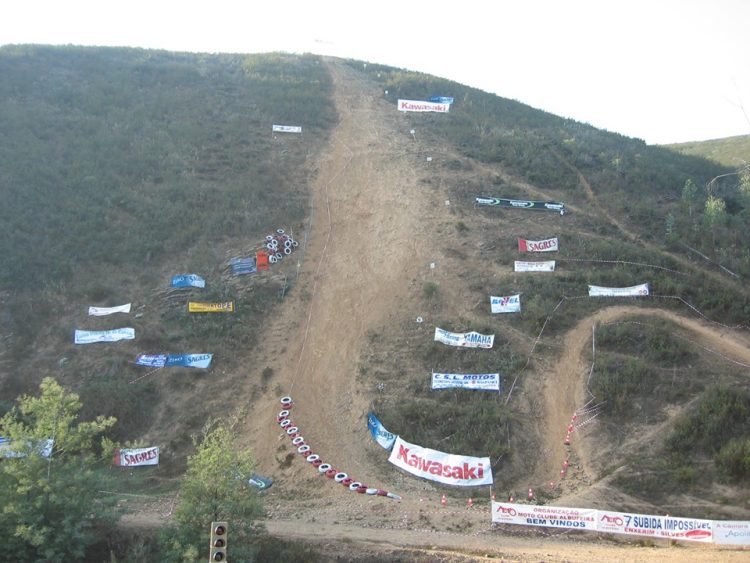Every year, the peaceful Swiss village of Aproz becomes a battleground for Herens cows, a breed of cattle known for its genetic predisposition for combativeness. During the Battle of the Queens (Combats de Reines) the animals get a chance to fight each other for supremacy.
Before you pick up the phone to call your favorite animal rights association, you should know the Battle of the Queens is nothing like the bloody bull fights organized in Spain. Here, farmers take great care of their prized “queens”, making sure they don’t suffer any serious injuries. Plus, there really isn’t much fighting going on, either. The territorial cows mostly lock horns and push each other with their foreheads, until one of them turns around and walks away, accepting defeat. Some of the fighters have lost horns or gained battle scars in the event, but no serious injuries were recorded in recent events. Herens cows, named after Val d’Herens in Valais, have an aggressive instinct that makes them fight among themselves for leadership of the herd. These so-called queens then take part in regional and national rounds of traditional Swiss cow-fighting, with participation in the final Battle of the Queens as their ultimate goal. The event draws in hundreds of cattle farmers from across Switzerland, eager to test their champions in horned combat, as well as a crowd of spectators. Those who can’t attend, watch the fighting on television or listen to it on Rhone FM, a radio station in Valais with a weekly cow fight program.
Photo: Elisabeth
The bovine queens scheduled to take part in the Combats de Reines are divided into five or six categories, based on their weight, from 550 kilograms, to 750 kilograms and over. Combatants must be between 3 and 11 years old to enter. Finalists in each category are determined by the process of elimination, and the top cows in each weight class are finally released into the arena, all at once. Some instantly begin establishing their territory, chasing away weaker opponents that try to approach them. A few queens occasionally crawl under the ropes separating the combat area just to escape a glare from a more dominant specimen. More often than not, there will be more than one queen who thinks they can rule over the rest, and they ultimately end up facing each other. That’s when they start pounding the ground like raging bulls, digging their horns into the dirt as if trying to sharpen them, and ultimately lock foreheads in a shoving match. After a few minutes, one of them concedes defeat and walks away. According to the official rules of the competition, a queen loses if she turns away from her opponent.
Photo: alpesphotos
Although the crowd likes a good fight, whenever the queens get riled up to the point where they might actually injure themselves or other cattle, the rabatturs (which literally means “one who breaks up”) and their owners step in to break up the fight. The Battle of the Queens isn’t about violence, it’s just a centuries-old tradition that allows Swiss farmers to socialize and exchange ideas, as well as a fun event for spectators.
Photo: Valais.ch
















